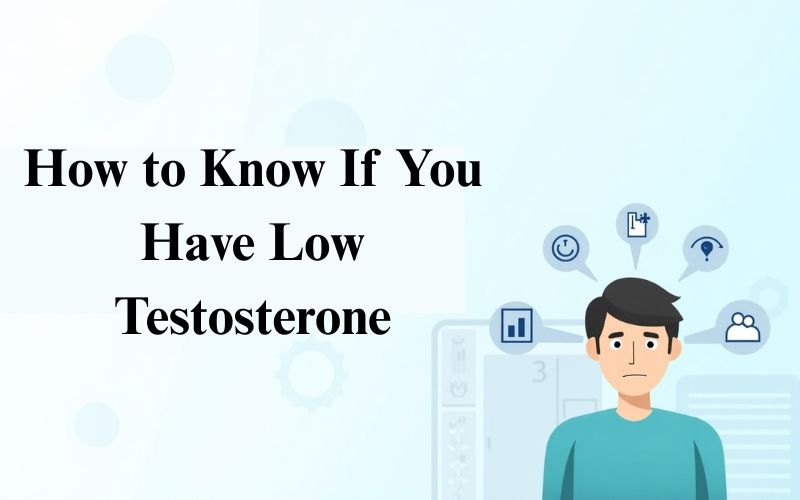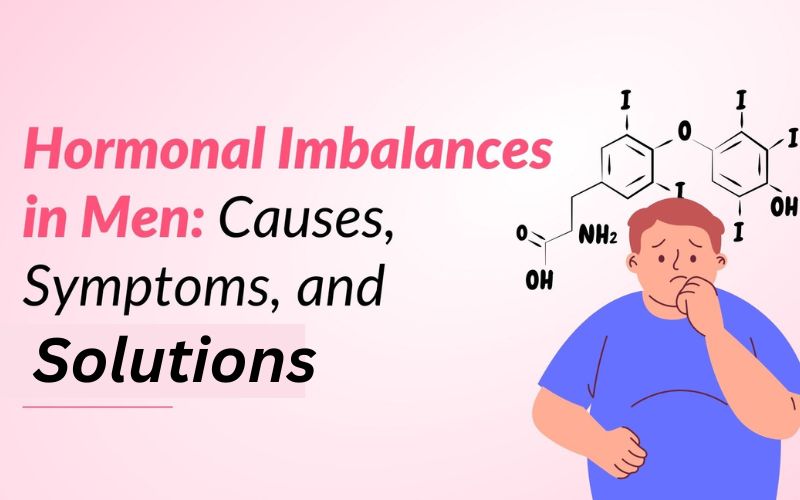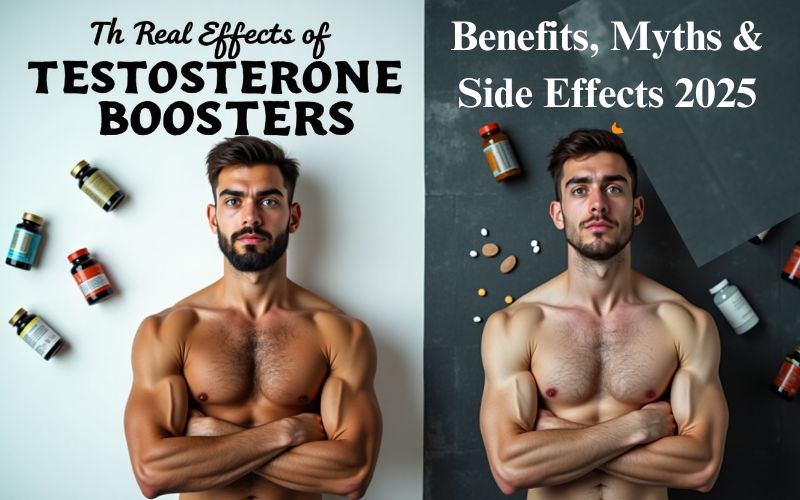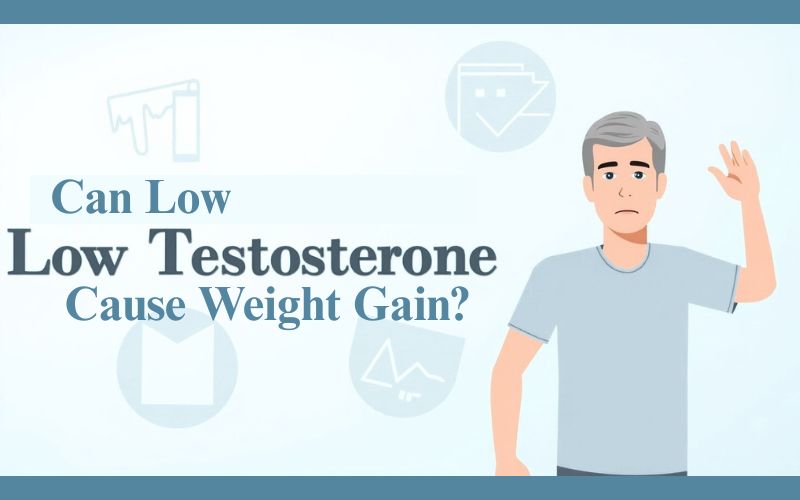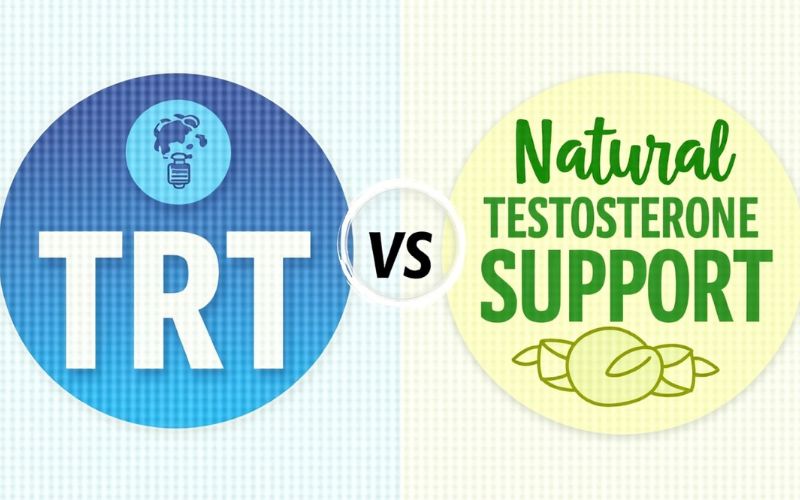If you’ve been feeling constantly tired, struggling with low sex drive, mood swings, or unexplained muscle loss, you might be wondering: Do I have low testosterone?
You’re not alone. Testosterone—often thought of as the “male hormone”—plays a vital role in energy, strength, confidence, and sexual health. While natural fluctuations are normal, persistently low testosterone levels (commonly called “Low T“) can impact both physical and mental well-being.
This expert guide walks you through the key signs, causes, and testing options—so you can take charge of your health confidently and without panic.
Table of Contents
What Is Testosterone and Why Is It Important?
Testosterone is a hormone produced primarily in the testicles (in men) and ovaries (in women). It’s crucial for a variety of bodily functions including:
- Muscle growth and bone density
- Libido (sex drive) and fertility
- Mood regulation and confidence
- Energy levels and stamina
- Fat distribution and red blood cell production
While both men and women produce testosterone, men have much higher levels and are more prone to noticeable effects when levels drop.
Signs and Symptoms of Low Testosterone
Low testosterone can affect multiple aspects of health. Here’s what to look out for:
Physical Symptoms
- Fatigue, even after rest
- Loss of muscle mass or strength
- Increased body fat, especially around the abdomen
- Decreased stamina and endurance
- Weaker bones (higher fracture risk)
Sexual Symptoms
- Low libido
- Erectile dysfunction
- Reduced sexual satisfaction
- Difficulty achieving orgasm
Emotional and Cognitive Symptoms
- Mood swings or irritability
- Depression or lack of motivation
- Trouble concentrating or “brain fog”
- Anxiety or reduced self-esteem
🔍 Note: These symptoms can overlap with other conditions. A proper diagnosis is key.
Common Causes of Low Testosterone
While aging is the most well-known cause, many other factors can contribute to declining testosterone levels:
| Cause | Explanation |
| Aging | Natural decline starts around age 30–35 |
| Chronic stress | Elevates cortisol, which suppresses testosterone |
| Obesity | Fat tissue converts testosterone into estrogen |
| Medications | Opioids, steroids, or chemotherapy can lower levels |
| Sleep apnea or poor sleep | Disrupts hormone production and balance |
| Alcohol or drug abuse | Impairs testicular function and hormone regulation |
| Diabetes or metabolic issues | Linked to hormonal imbalances and insulin resistance |
How to Self-Assess for Low Testosterone (Without Panic)
If you’re experiencing multiple symptoms listed above, start by asking yourself:
- Have these changes occurred gradually over time?
- Are my lifestyle habits affecting sleep, diet, or exercise?
- Is there a family history of hormonal issues?
💬 Pro Tip: Use a symptom tracker or testosterone screening quiz, but remember—these tools are only preliminary guides. Don’t self-diagnose.
When Should You See a Doctor?
If symptoms are persistent and affecting quality of life, consult a healthcare professional. Seek medical advice if you experience:
- Chronic fatigue or muscle loss
- Ongoing sexual health issues
- Mood changes or depression
- Signs of osteoporosis (frequent fractures)
You may be referred to a urologist or endocrinologist for specialized hormone testing.
How Is Low Testosterone Diagnosed?
Blood Test (Total Testosterone)
The gold standard is a morning fasting blood test (between 7–10 AM when levels peak). Most doctors use total testosterone levels as the benchmark.
Testosterone Reference Ranges (in ng/dL)
- Normal: 300–1000 ng/dL
- Borderline: 250–300 ng/dL (further testing recommended)
- Low: < 250 ng/dL
Doctors may also test free testosterone, LH/FSH hormones, or SHBG for a full picture.
What Happens If Low T Is Left Untreated?
Untreated low testosterone can lead to:
- Increased risk of osteoporosis and fractures
- Declining mental health (depression, anxiety)
- Weight gain, particularly visceral fat
- Reduced fertility and potential erectile dysfunction
- Elevated cardiometabolic risk
It’s not just about energy or libido—it’s about long-term health and wellness.
Natural vs Medical Treatment Options
🔹 Natural Approaches
- Weight loss: Even 5–10% body fat reduction can improve levels
- Resistance training: Boosts natural testosterone production
- Sleep optimization: Aim for 7–9 hours of deep sleep
- Reduce alcohol and manage stress: Cut back on known hormonal disruptors
- Supplements: Ingredients like ashwagandha, zinc, vitamin D, and fenugreek may support testosterone naturally
🔹 Medical Treatments
- Testosterone Replacement Therapy (TRT): Prescribed via injections, gels, or patches
- Clomiphene Citrate (for fertility preservation)
- Hormone therapy monitoring: Includes routine bloodwork and prostate health checks
Medical treatments should only be used under professional supervision due to risks like blood thickening, fertility suppression, and prostate concerns.
Frequently Asked Questions (FAQs)
What is considered low testosterone?
A total testosterone level below 300 ng/dL is generally considered low, though symptoms and free T levels are also evaluated.
Can young men have low testosterone?
Yes. Men in their 20s and 30s can experience low testosterone due to stress, obesity, poor sleep, or underlying medical conditions.
How often should I test testosterone levels?
If you’re experiencing symptoms, start with one morning blood test. If borderline, your doctor may repeat the test or evaluate free testosterone.
Are over-the-counter testosterone boosters safe?
Some can be beneficial when made with clinically studied ingredients, but not all are regulated. Always check for certifications and consult your doctor.
Conclusion: Don’t Ignore the Signs—Take Informed Action
If you’re asking “How do I know if I have low testosterone?”, you’ve already taken the first step toward better health. Pay attention to the emotional, sexual, and physical signs, and seek professional advice when needed.
Remember, low T is common, treatable, and manageable—especially when addressed early. Stay proactive, stay informed, and don’t settle for feeling less than your best.














